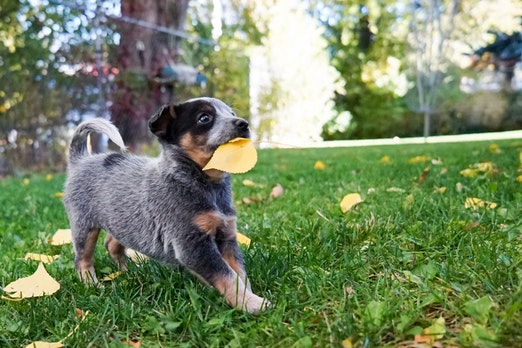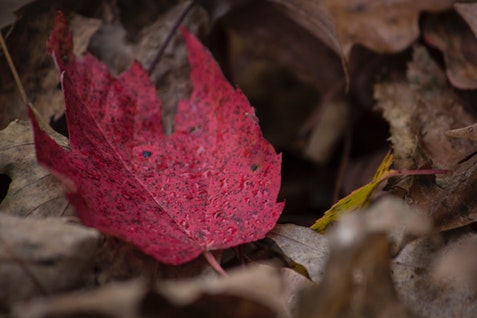
You actually need more carbon than nitrogen (food waste). The 3:1 ratio that everyone tell you about is an easy way to think of it, adding 3x the amount carbon as nitrogen, but in reality you want a 25:1 carbon:nitrogen ratio. This second figure is used when you account for the varying ratios of every individual input.
Nothing is 100% carbon or 100% nitrogen.
What works for me is to add a big pile of leaves to the bin and make an indentation in the middle. I then dump the food waste in the middle and cover it with a thin layer of more leaves (that keeps the smell and the insects down). You want a 3:1 carbon to nitrogen ratio so get the carbon. For example, food waste is about 16:1 and woodchips are more like 400:1 (but slow release carbon). Once adding everything together with their individual ratios, you want it to equate to 25-30:1.
For turning, you should be turning enough so that there is always a supply of oxygen in your pile.
The actual frequency will vary depending on inputs and size of the pile. I have some pretty large piles of food waste/hay that I turn about once a week.
If you're composting indoors then vermicomposting might be for you, but only if you are producing less food scraps than the worms can eat. For wet food scraps an outdoor bin is probably the way to go. Worms don't like really wet bins.
One note on the leaves: if you aren't shredding them there is potential to create anaerobic conditions which could cause odor. The other thing that could cause odor is too much nitrogen (or not enough carbon).







